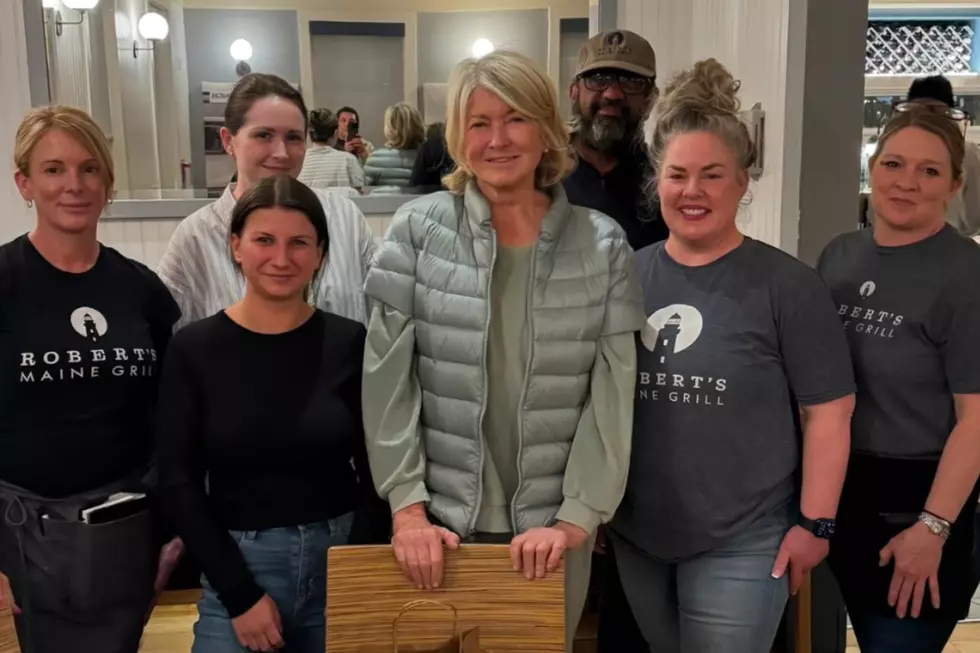
You’ll Be Shocked By How Many Payphones Maine Still Has
Just a few decades ago, there were payphones everywhere! Even though Maine is a really rural state, we still had thousands of them. They were on street corners, they were in the entryways of stores, they were outside bars and restaurants, and they were in lobbies of our high schools.
At one time, in the early 2000s, we had 5,400 payphones in Maine!
Now, they are basically obsolete. Cellphones (smartphones) are so affordable, and they do so much more, that there is no real reason to use a payphone. Because no one was using them, they were not making money, and it started costing more to maintain them than they were making. That's when most were removed from service.
There are still a few out there. Actually, I was kind of surprised when I found out just how many were left.
According to an article on the WGME website, there are about 50 payphones left in the state. Yeah, I was kind of shocked at how many were left in the state, too.
The main reason we still have as many phones left as we do is thanks to a program called the Public Interest Payphone program. It was instituted by the Maine Legislature sometime around 2005. The idea was to make sure that underserved communities (places that lacked good phone service and places where many people could not afford a phone, for example) still had public phone access. These phones were located in strategic public spots.
Currently, there are about 30 public phones in the program. The locations of these include the Sidney Town Office, the Sidney Ball Fields, the Fraternity Village General Store (in Searsmont), Mount Vernon Fire Station, and Madawaska Fire Station. Find a map showing there these phones are HERE
The article also explains that there are a few private owned payphones in shopping centers and businesses.

